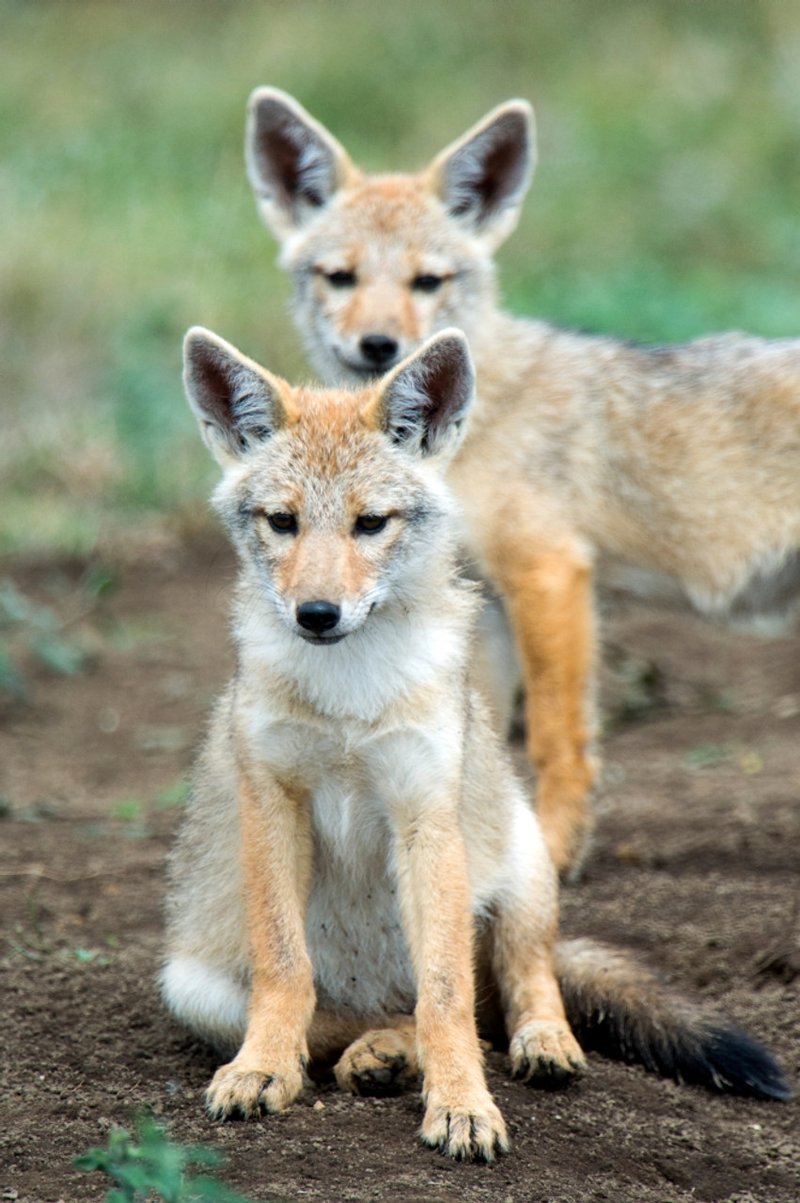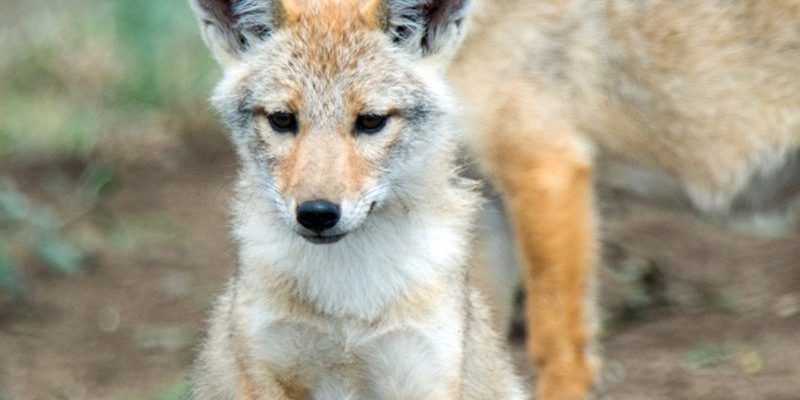
Imagine the golden jackal as a clever and resourceful relative of wolves and coyotes. Found mainly in regions across Africa, Europe, and Asia, these animals are known for their adaptability. They thrive in a variety of environments, from savannas to forests and even urban areas. However, despite their intelligence and resilience, golden jackals face numerous threats. In the same way we might struggle to carve out our space in a bustling city, these animals find it challenging to navigate the dangers brought by human activities. Let’s take a closer look at their current situation and the conservation efforts underway.
Understanding the Golden Jackal’s Habitat
The golden jackal has a diverse range, primarily inhabiting parts of the Middle East, North Africa, and the Indian subcontinent. Think of it as a creature that has a knack for finding a home wherever it can—they’re not picky! These jackals inhabit savannas, grasslands, and even scrub forests, showcasing their flexibility and adaptability. However, urban expansion and agricultural development pose significant challenges, fragmenting their habitats and leading to increased encounters with humans.
You might picture these environments as sprawling landscapes filled with opportunities for the jackals to thrive. Yet, with each new road or building, the natural world shrinks a little more. This habitat loss is like a giant puzzle where pieces are disappearing, making it impossible for golden jackals to find new places to live and hunt. As their range becomes more limited, the jackals must compete with domesticated animals and other wildlife, adding to their struggle for survival.
The Threats Facing Golden Jackals
Golden jackals are resourceful, but they’re not immune to threats. A range of factors endanger their populations, and understanding these can help us appreciate the importance of their conservation. Among the most pressing issues are habitat destruction, hunting, and conflict with humans.
Habitat destruction is a significant problem. Urban development and agriculture can lead to the loss of the vast territories that jackals need for hunting and breeding. Imagine trying to find food and shelter when your favorite spots are disappearing beneath concrete and crops! Additionally, hunting—often for sport or out of fear—further diminishes their numbers, making it harder for them to survive.
Conflict with humans is another serious issue. When jackals come too close to human populations, they may raid farms or livestock, which leads to retaliatory measures. In a world where survival is a constant battle, they find themselves in a tricky situation, trying to balance their natural instincts with the encroachment of human civilization.
Are Golden Jackals Endangered?
So, where do golden jackals stand on the conservation spectrum? The good news is that they are not currently classified as endangered. The International Union for Conservation of Nature (IUCN) lists them as “Least Concern.” This means they have a relatively stable population in some regions, but it’s essential to stay vigilant.
However, this status doesn’t mean everything is fine and dandy. In certain areas, especially where their habitats are being destroyed, populations are dwindling. You might be scratching your head at this paradox—how can they be considered “Least Concern” if there are places where they’re struggling? Well, it’s all about the bigger picture. Some regions have healthy populations, which helps balance out those that are in decline. This balance is fragile, and conservationists are working hard to address the local threats to ensure these clever animals don’t slip into a more precarious status.
Conservation Efforts for Golden Jackals
Conservationists recognize that nothing should be taken for granted when it comes to wildlife. To protect golden jackals, various efforts are underway. These include habitat preservation, education, and community involvement. The goal is to create a sustainable future for jackals while maintaining harmony between wildlife and human interests.
Habitat preservation is a cornerstone of conservation efforts. Protected areas like national parks and wildlife reserves offer safe havens for golden jackals, allowing them to thrive away from human interference. By safeguarding these spaces, we’re not just helping jackals—we’re protecting an entire ecosystem.
Education and community involvement are equally important. When communities understand the role of golden jackals in the ecosystem, they’re often more willing to coexist peacefully. Imagine a local farmer learning to appreciate these scavengers as natural pest controllers rather than viewing them as threats. When people and wildlife can share the landscape, everyone benefits.
The Importance of Golden Jackals in the Ecosystem
Let’s take a moment to appreciate why golden jackals are vital to their habitats. They play an essential role as scavengers and predators, helping keep populations of smaller animals in check. When you think about it, they’re like nature’s cleanup crew, ensuring that the balance of the ecosystem is maintained.
By controlling populations of rodents and other small mammals, jackals prevent overpopulation, which can lead to disease spread and other ecological problems. Their presence can also influence the behaviors of other animals, creating a dynamic and healthy ecosystem. Without golden jackals, we might see an overabundance of certain species, ultimately disrupting the balance of their natural environment.
What Can You Do to Help?
Feeling inspired? You might be wondering how you can contribute to the conservation of golden jackals and other wildlife. Here are a few simple steps you can take to make a difference:
- Spread awareness: Share information on social media or in your community about golden jackals and their importance.
- Support conservation organizations: Consider donating to or volunteering with groups dedicated to wildlife conservation.
- Practice responsible land use: If you’re a landowner or farmer, think about ways to coexist peacefully with wildlife.
- Educate yourself: Learn more about local wildlife and conservation efforts, and share that knowledge with others.
Each small action contributes to a larger effort to ensure that golden jackals and other wildlife have a future. Just like they play a crucial role in their ecosystem, you can play a part in protecting them.
Golden jackals are fascinating creatures that serve an important role in their ecosystems, but they face challenges that require our attention. While they are not currently classified as endangered, the threats they encounter should not be overlooked. Through habitat preservation, education, and proactive conservation efforts, we can help ensure that these clever animals continue to thrive in their natural habitats. So the next time you think of golden jackals, remember their resilience and adaptability—and how you can play a part in their story. By taking steps toward conservation, we contribute to a world where both humans and wildlife can coexist harmoniously.

